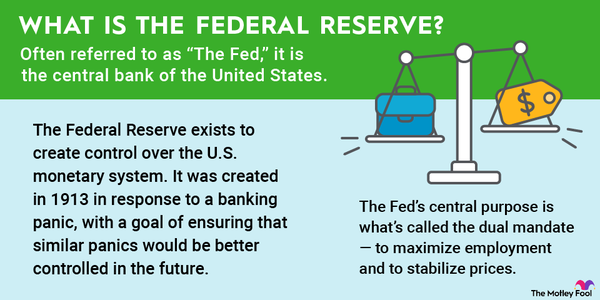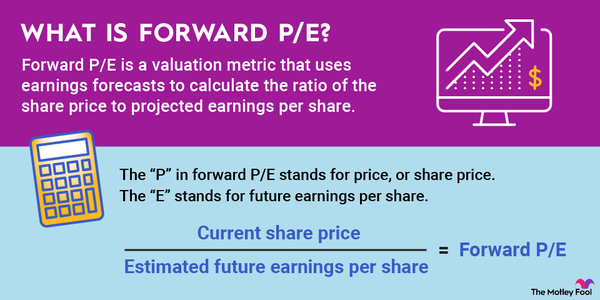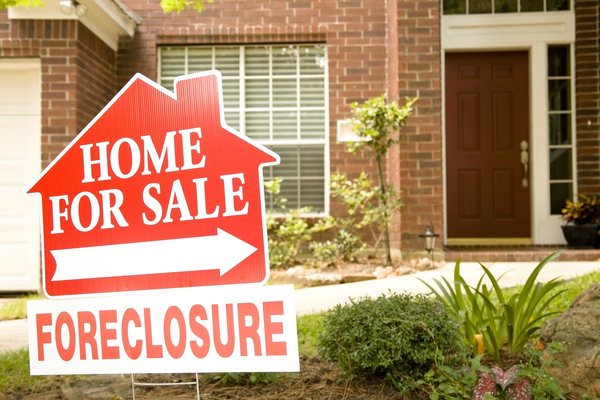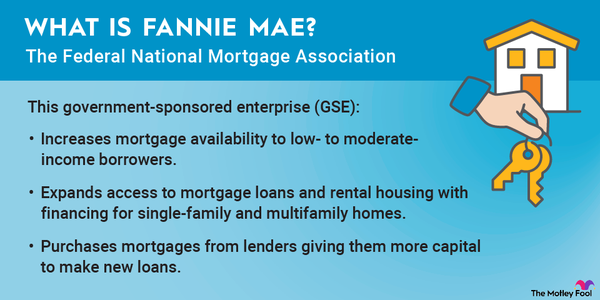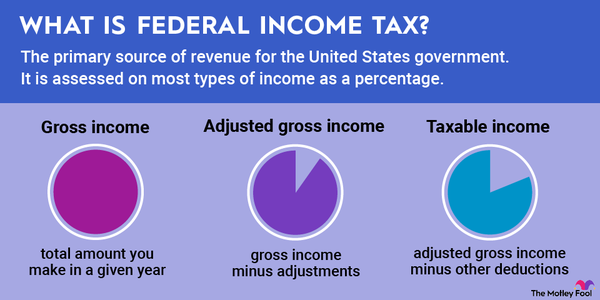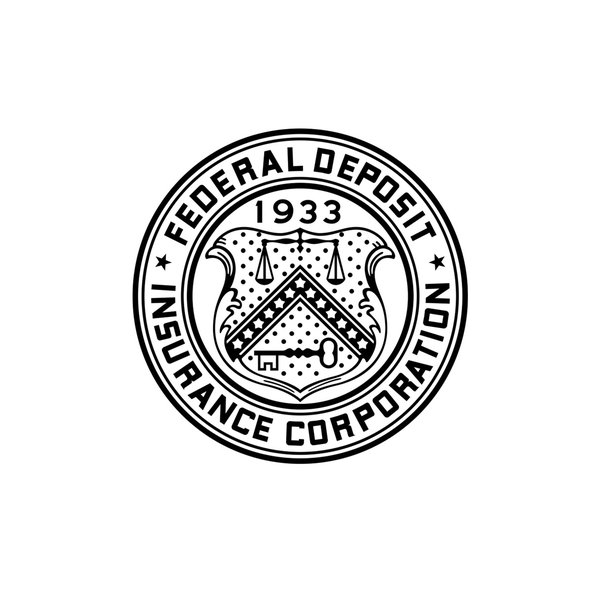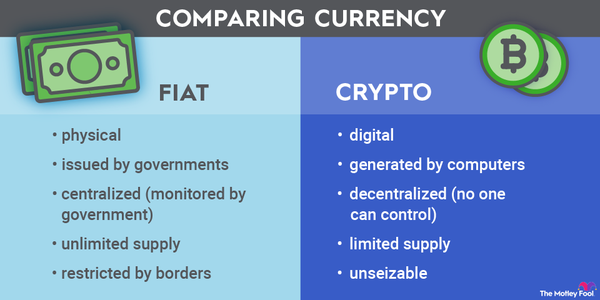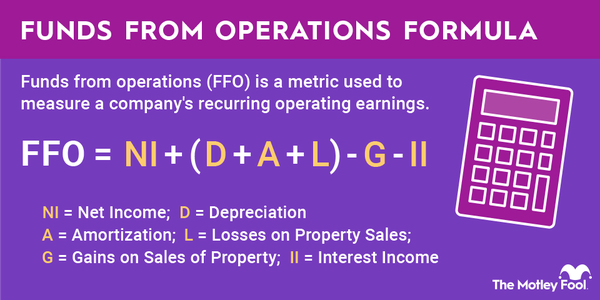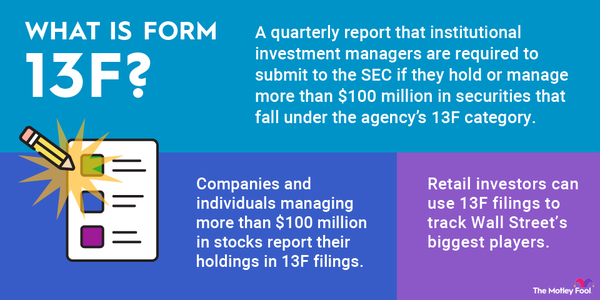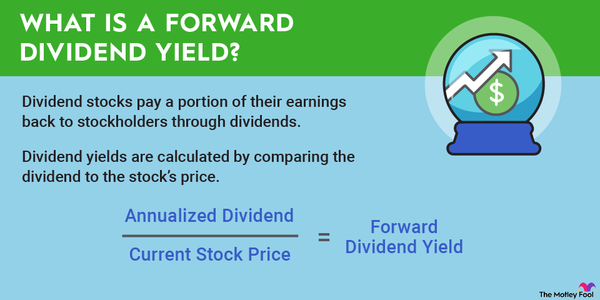Most investors have heard that they should avoid functional obsolescence if they want to make a profit off of their investments. But few stop to think about what the term "functional obsolescence" really means and how they can avoid it. With that in mind, here is a guide to this real estate term. Read on to find out what functional obsolescence is and how it can negatively impact your investments.
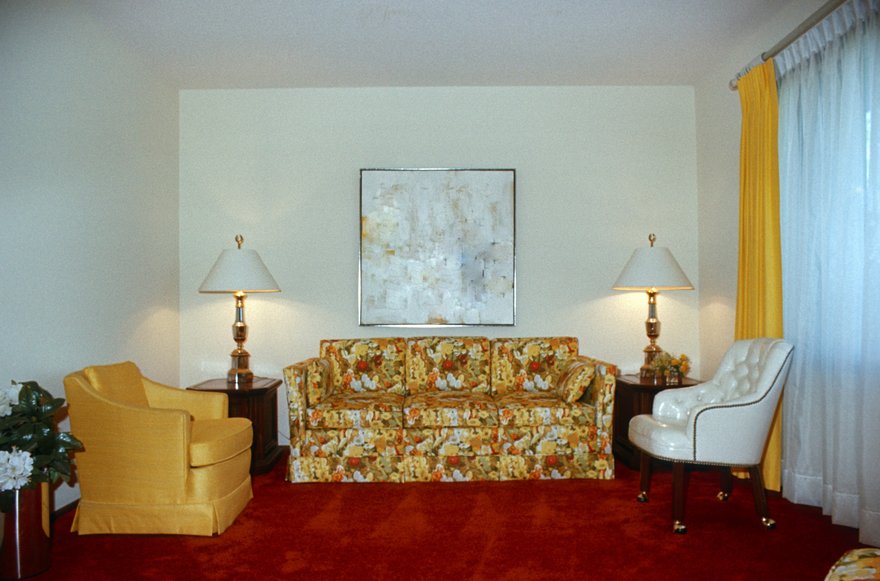
What is functional obsolescence in real estate?
What is functional obsolescence in real estate?
According to The Dictionary of Real Estate Appraisal, Fifth Edition, the term "functional obsolescence" is defined as "the impairment of functional capacity of a property according to market tastes and standards." In simpler terms, that definition essentially means that there is a reduction in the property's desirability, typically because of an outdated feature that cannot easily be altered or changed.
It's important to note that functional obsolescence is a term used in many industries and is not just unique to the real estate industry. For example, in the technology sector, functional obsolescence is often discussed in relation to smartphones. Since smartphone producers are constantly coming out with new technology and updated models of their phones, these gadgets reach functional obsolescence very quickly. To put it simply, once a new model of a particular smartphone is released and marketed for sale, all of the older models are rendered functionally obsolete.
Most companies take functional obsolescence into account when doing their long-term business planning. As an investor, you'll want to do the same because it will affect the property's valuation. In truth, a property that's considered functionally obsolete likely won't garner the same rents as other properties in the neighborhood. By the same token, if you're following a fix-and-flip strategy, a functionally obsolete property will be harder, if not impossible, to renovate to the same standards as the properties surrounding it.
What are some common examples of functional obsolescence?
What are some common examples of functional obsolescence?
One of the best ways to understand functional obsolescence is by looking at examples. Below are some of the most common factors that lead to a property being considered functionally obsolete in real estate. Be sure to keep these factors in mind as you search for properties to add to your portfolio and to do your best to avoid them.
Busy roads
In general, properties that are located on busy roads are considered less desirable. On the one hand, traffic patterns may make it difficult to pull in and out of the driveway on a regular basis as well as unsafe for children to play in the surrounding area. On the other, the constant sounds of ongoing traffic can cause noise pollution.
Mismatched numbers of bedrooms and bathrooms
Homes that have a mismatched number of bedrooms and bathrooms for their square footage may also be considered functionally obsolete. For example, imagine a home that is only 900 square feet but has three bedrooms. Those bedrooms would be so small that they would be considered functionally obsolete.
The same would be true of a five-bedroom house that only has one bathroom. In that case, there would likely be too many people living in the home for one bathroom to make sense. After looking at this type of property, most buyers would continue to search for a home that better suited their needs.
Physical deterioration
While physical deterioration from deferred maintenance is fixable, it's also considered a form of functional obsolescence. This is especially true if all the other homes in the neighborhood are well-kept. If there are better options around, strong evidence of deferred maintenance will lower the property's overall desirability.
What are the different types of functional obsolescence?
What are the different types of functional obsolescence?
In total, there are three different types of functional obsolescence. We've laid them out below and explained the differences between them. Read them over to understand which type you're dealing with as you look at potential investments.
Curable obsolescence
As the name suggests, curable functional obsolescence refers to any deficiency that can be cured by the property owner. For example, if physical depreciation can be fixed by repairing and renovating the subject property, then the obsolescence would be considered curable.
Incurable obsolescence
As you might guess, incurable functional obsolescence occurs when the deficiency causing the obsolescence is too costly or impractical to cure. In this case, the deficiency is often an external factor that the property owner has no control over, as was the case with the busy road example above. As a buyer, it's best if incurable obsolescence can be seen before acquiring the property.
Superadequacy
The last type of functional obsolescence is known as superadequacy, and it's essentially the opposite of a deficiency. Superadequacy occurs when the buyer or investor overimproves the property for the neighborhood and surrounding area. This would occur, for instance, if a buyer fully remodeled a four-bedroom property in an area where two-bedrooms were the most common.
How much can functional obsolescence impact property value?
How much can functional obsolescence impact property value?
Ultimately, functional obsolescence becomes a problem when you're talking about the appraisal. If the obsolescence is due to a deficiency, it will undoubtedly lead to a decline in the valuation of the property. Though, obviously, an incidence of curable functional obsolescence will not affect the property value as much as an incidence of incurable functional obsolescence.
On the other hand, in the case of a superadequacy, the investor will simply not be able to get enough money out of the investment to cover the cost of the improvements they made. Instead of making money on the investment as expected, the investor will probably have to take a loss on the property. Though how big of a loss will depend on the total cost of the improvements compared to the valuation that the property is given by the appraiser.
Often, if you have a property that is functionally obsolete, it's best to ask the appraiser to use the cost approach to valuation rather than the sales comparison approach. Rather than trying to find comparable properties on the market, this approach will value the property based on the replacement cost of rebuilding the building from scratch.
The bottom line
Functional obsolescence is a potential problem that all investors should be aware of when seeking to expand their portfolios. Often, a singular deficiency can determine whether you end up making a profit or taking a loss on your investment. With that in mind, it's crucial to educate yourself on the topic. Use this post as a guide to functional obsolescence so you'll know what types of deficiencies to avoid as you add more properties to your roster.









